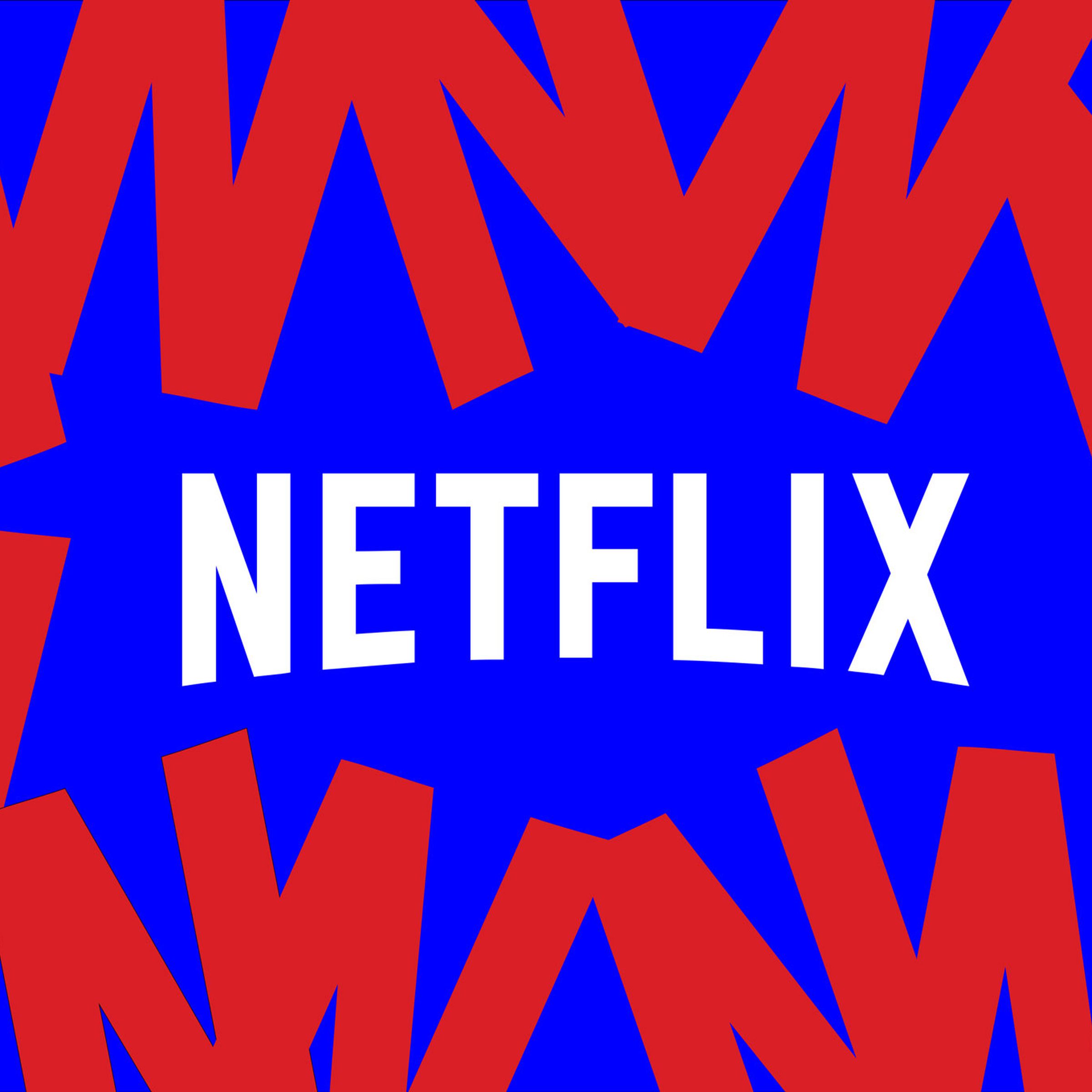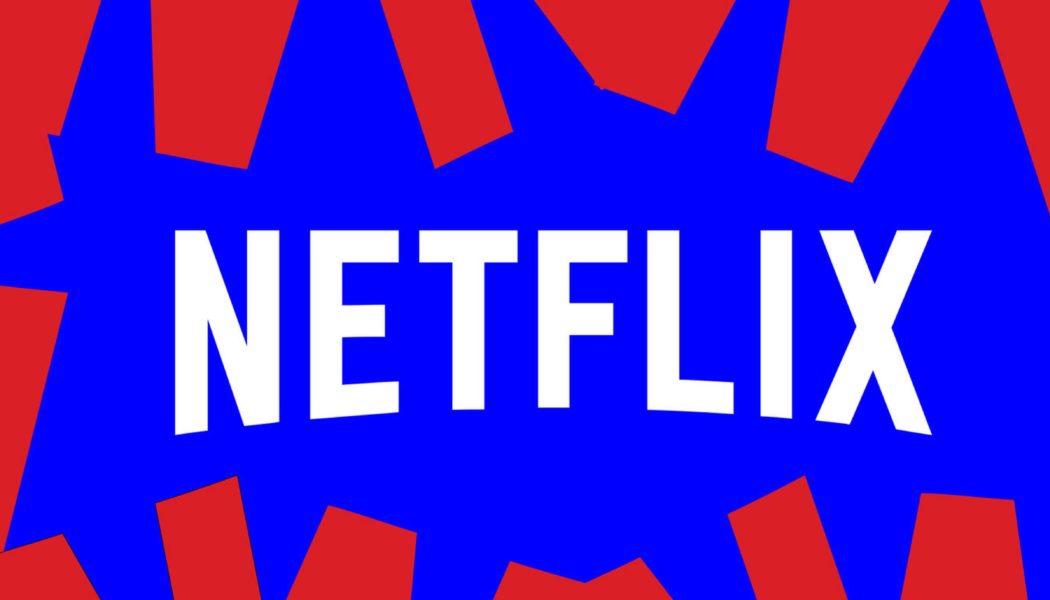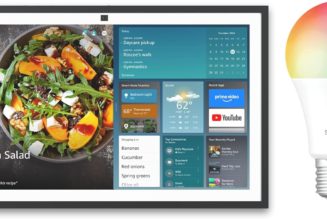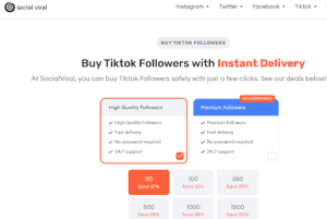The past two years have been a whirlwind of changes at Netflix — and it’s all to transform the company into a revenue-driving machine that outlives other streamers.
Share this story

For about a decade, it seemed like Netflix wouldn’t stop growing. The company became synonymous with the idea of streaming itself: cozy nights in and binge-watching, setting a high standard for the rest of the industry. The company released a mountain of original content as its subscriber count only continued to soar, bringing its market cap to a peak of more than $300 billion in 2021.
But executives made some complete reversals when the company started shedding subscribers in 2022, and nothing’s been the same since. Netflix had to make changes — and fast — if it wanted to keep investors happy. That year, Netflix did something co-founder Reed Hastings continuously rejected: it launched a cheaper, ad-supported tier with the goal of attracting a new pool of subscribers, while cashing in on the money earned from advertisers.
Despite a slow start, Netflix’s ad-supported tier garnered 5 million subscribers in just six months. The plan is now one of Netflix’s most popular tiers, as its latest earnings report revealed that 40 percent of new subscribers are choosing the cheaper option. Netflix has only continued building out the plan, adding 1080p video and the ability to watch two streams simultaneously. But the company’s plan to reverse a dwindling subscriber base didn’t end there.
The streamer took things a step further by cracking down on password sharing, something Netflix is now notoriously known for embracing in a 2017 tweet. The move didn’t do much to improve morale in a subscriber base hit with frequent price hikes, and yet, it still seems like it’s working in Netflix’s favor. Shortly after the start of the crackdown, Netflix said paid sharing resulted in more signups than cancellations and also led to higher revenue.
Netflix has only continued to push the envelope with another price hike last fall (its third in three years). It also stopped letting subscribers sign up for its cheapest, $11.99 per month ad-free plan. It’s now moving to get rid of the plan completely for those who already signed up as part of its attempt to push users toward its $6.99 per month ad-supported plan or its $15.49 per month standard tier.
While that might seem counterintuitive to point users to the least expensive tier, ads are a big part of Netflix’s business now.
Last year, the company said it already saw a higher revenue per customer on its ad-supported plan, as opposed to its $15.49 ad-free plan, which means its $11.99 per month basic plan likely isn’t doing much for Netflix’s bottom line. During an earnings call this week, co-CEO Greg Peters said the company’s top priority in its advertising business is “scale.” To Netflix, that means “making the ads plan more attractive” and “shifting our plans and pricing structure and other places where we think it’s appropriate.”
Then there’s Netflix’s $5 billion deal for WWE Monday Night Raw. Sources tell CNBC that Netflix won’t show ads during Raw for subscribers to its ad-free tier. If true, users on Netflix’s $6.99 plan would still have commercials during the three-hour-long show, creating yet another revenue driver for the streamer.
“WWE content is used to a younger demographic that allows Netflix to reach perhaps portions of the greater audience that it will not be able to reach through lower price alone,” Paul Erickson, the founder and principal of Erickson Strategy & Insights, tells The Verge. “When viewed against their other recent move to eliminate the lowest priced ads-free tier, I would say that they are looking to, much like the rest of the industry… improve their bottom lines.”
And Monday Night Raw isn’t your traditional type of sports broadcast — it’s “sports entertainment,” as Netflix co-CEO Ted Sarandos put it on the company’s last earnings call. That’s a plus for Netflix, according to Erickson, because it increases engagement, meaning “people who watch it tend to keep watching.” Erickson also points out that, unlike traditional sports, WWE isn’t seasonal, so Netflix can keep streaming it throughout the entirety of the 10 years it signed up for — and users interested in watching will stay subscribed without offseason breaks that can prompt cancellations.
All of these changes add up to a very different Netflix than the one we saw a few years ago. Netflix isn’t being shy about what it’s doing, either, in part because it can’t be. After years of vying for subscribers, streaming services now need to prove that they’re actually profitable. That has led streamers — not just Netflix — to issue price hikes and combine their services into a singular app, like Max and Disney Plus with Hulu. “Netflix is very aware of the fact that they’re one of the very few must-have streaming brands for a lot of households,” Erickson says. “They need to keep that title as a must-subscribe service even in the face of aggressive competition.”
Netflix is no longer synonymous with streaming partly because it’s not the only game in town anymore. But even the Netflix that exists today is a far cry from what it once was, and it’s bound to keep pushing further away from that original vision. That ideal of a streamer was buoyed by an ever-rising stock price, which has since come back down to reality. As for what that future means for streaming — whether it will soon become a mixture of live and on-demand content with ads — one thing is clear: Netflix’s rapid evolution is allowing the company to stay ahead in a more competitive industry than ever, and there’s no turning back from here.









